Reading Toolkit
Tiffany Lindner
SPD-578
Language Development Through Phonics and the Science of Reading
Prof. J. Narlock
1
WORD
RECOGNITION
Ages 3-5yrs
3
ONSET
&
RIME
Ages 5-7yrs
Rhyming refers to words that have the same ending sound (Decoding Dyslexia, 2018).
I.e., Mop, Top
Assessment: Which two words rhyme - map, tap, dog?
Alliteration refers to words that have the same initial sound or letter (Decoding Dyslexia, 2018).
I.e., Brown Bear
Assessment: What are three cartoon characters that have the alliteration names?
Indicators for Struggling: Students cannot recognize repetition of letters and sounds.
Indicators for Struggling: Students cannot recognize words or identify the amount of words in a sentence.
Onset refers to the consonant or a constant cluster before a vowel (DPINC, n.d.). I.e., /ch/ - chat
Assessment: What is the onset in dog? (/d/)
Rime refers to the part of the word that contains a vowel(DPINC, n.d.). I.e., /at/ - chat
Assessment: What is the rime in dog? (/og/)
Indicators for Struggling: Students cannot string words together or break them apart.
Word Recognition refers to identifying words, as a compound or as a whole (IN.gov, 2021).
I.e., He can fly. (3 words)
Assessment: How many words are in this sentence?
She will win. (3 words)
*For formal assessments staff should utilize TOPA-K & TOPA-2+ and constant monitoring of their students to identify if milestones are not being achieved (Reading Rockets, n.d).
4
SYLLABLE
AWARENESS
Ages 5-6yrs
2
RHYMING
&
ALLITERATION
Ages 4-5yrs
Levels of
Phonological Awareness
Syllable Awareness involves the ability to divide words containing vowels and based on their pronunciation (DPINC, n.d.).
I.e., Table = Ta/ble: 2 syllables
Assessment: Clap to show how many syllables are in the word Pancake?
Indicators for Struggling: Students cannot correctly count out syllables or break up a word properly.
Phonemic Awareness refers to "the smallest unit of sound in a word" (DPINC, n.d.).
Phonemic isolation is isolating a single sound from a word (DPINC, n.d.).
I.e., What is the first sound in man? /m/
What is the second sound in man? /a/
What is the third sound in man? /n/
Phonemic blending is blending singular sounds to create a word (DPINC, n.d.).
I.e., What word is made when i put the sounds /t/-/a/-/p/ together? (tap)
Phonemic segmentation is dividing words into individual sounds (DPINC, n.d.).
I.e., What sounds are in the word fog? (/f/-/o/-/g/)?
Phonemic manipulation is moving or transforming sounds in a word to create other words (DPINC, n.d.).
I.e., What word do i create by removing the sound /n/ in long? (log)
Indicators for Struggling: Students cannot sound out letters in words. They also cannot visualize the ability to break apart or view words with missing letters.
5
PHONEMIC
AWARENESS
Ages 6-9yrs
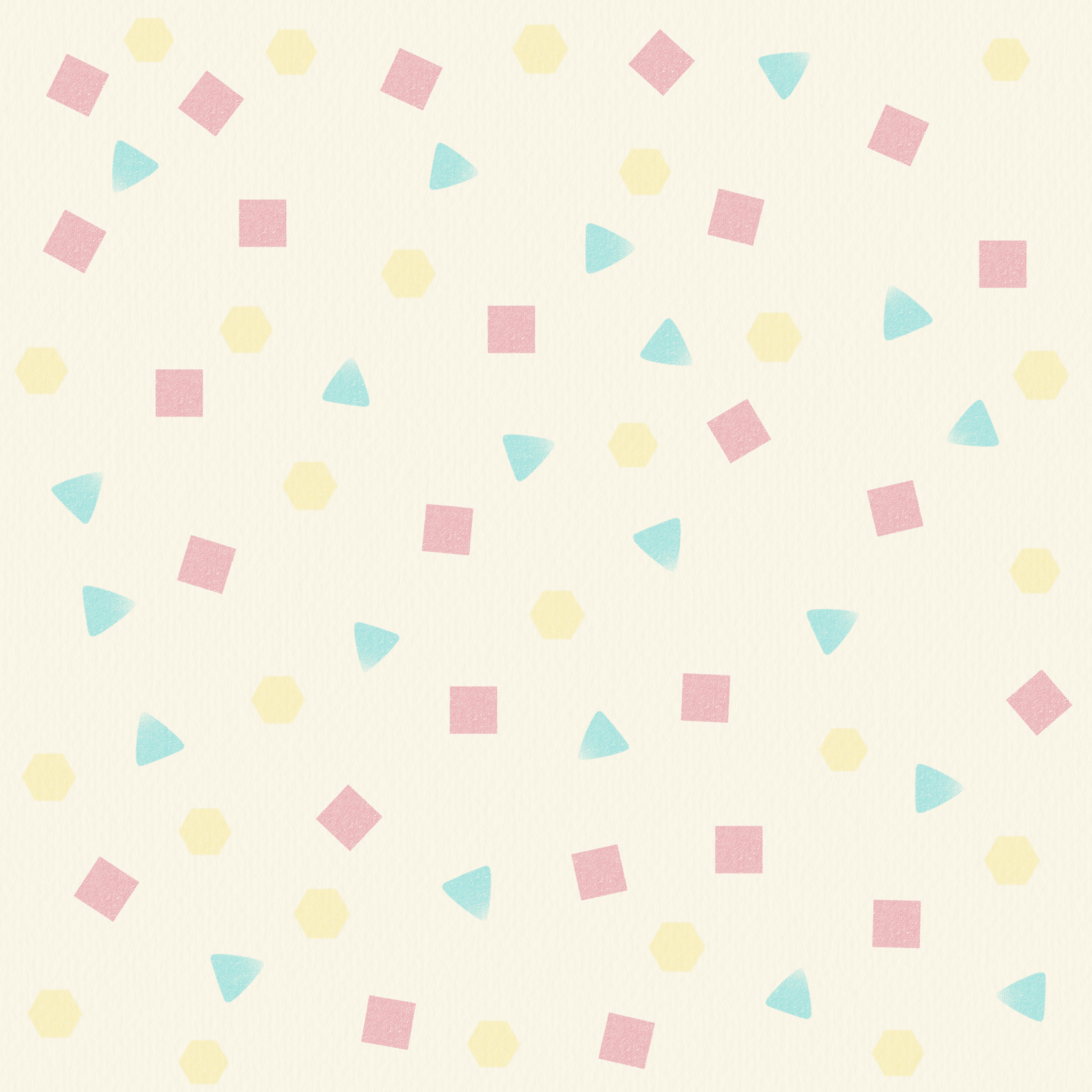
GLOSSARY
GLOSSARY
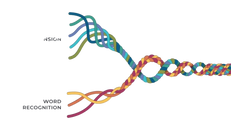
Note. Reading Rope illustration, n.d., AiM institute.
Retrieved from www.institute.aimpa.org.
Copyright 2023 by www.institute.aimpa.org.
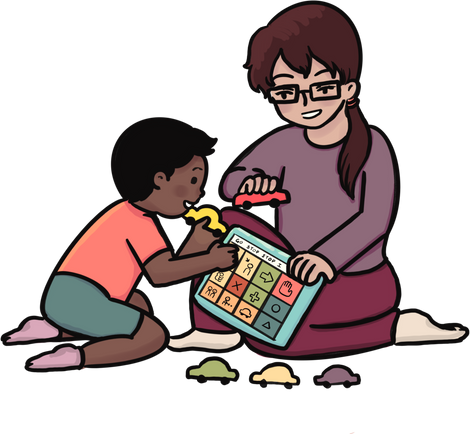
The utilization of lettter-sound connections in books to transform a word Into spoken language (Reding Rockets, n.d.).
A word that Is recognized and understood without the usage of decoding.
The instant recognition of words and the capacity to read without the need for decoding. Readers who fluent can articulate words smoothly and with emotion (Jasmine, & Schiesl, 2009).
The extent of information or understanding an individual has regarding a specific subject (Starke, 2021).
The method of correlating text to your own life (Facing History & Ourselves, 2020).
The method of correlating text to text that has been already read (Facing History & Ourselves, 2020).
The method of correlating text to the world (Facing History & Ourselves, 2020).
Words that are familiar and can be comprehended to support reading, writing, and communicating (Reading Rockets, n.d.).
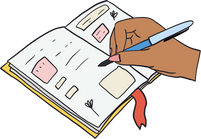
The ability to grasp and interpret written text. Comprehension also Including utilizing background knowledge and deciphering the text's meaning (Reading Rockets, n.d.).
The way in which words are put together to create a sentence and distribute information (Koffman, 2022).
The rules of how words are organized within a sentence (Koffman, 2022).
The significance of words in relation to the the definition of the entire sentence (Koffman, 2022).
The ability to comprehend concepts and conclusions from a sentence (Twinkl, 2023).
The direct definition of what the sentence or written words mean (Twinkl, 2023).
A sentence or written words evoking a readers imagination with the use of words in a non conventional way (Twinkl, 2023).
Science
of Reading
Scientific-based research on the instructional
methods that support reading (Ordetx, 2021).
Text to Text
Psychologist Hollis Scarborough created an illustration to depict the two main elements for proficient reading (language comprehension & word recognition). The interconnected ropes represent the subcomponent skills that link the main components (Really Great Reading, 2019).
Scarborough's
Reading Rope
Text to World
Instructional strategies that focuses on
letters and their associated sounds
Phonics
Vocabulary
Phonological Awareness
The basis of developing reading skills which comprises of
recognizing syllables, onset and rime, as well as blending
and segmenting words (Reading Rockets, n.d.).
Comprehension
Language Structure
Understanding printed materials holds meaning, and the function of books involves letters, words, and illustrations (Reading Rockets, n.d.).
Print Concepts
Decoding
Syntax
Sight Words
Semantics
Verbal
Reasoning
Fluency
Background Knowledge
Literal
Language
Figurative
Language
Text to Self

Literacy
Knowledge
Imaginative/Literary Text
Informational/Expository
Text
The comprehension of ideas and the acquisition of skills that support reading, writing, and speaking (Great Minds, 2022).
The creative use of language and words to bring out emotions and thoughts (Literacy Ideas, n.d.).
Words or language that are utilized to provide direct and factual concepts (Reading Rockets, n.d.).
Strategies for Activating Background Knowledge
(Grades K-3)
KWL CHART
A KWL chart is split into three columns, depicting a student's existing knowledge about the subject, their curiosity about what they want to discover regarding the subject, and the insights they have gained from studying the subject (Teacher Thought Staff, 2022).
What I Know
What I Want to Learn
What I Learned
Word walls are visual aids students use in recollecting the associations between words, retaining word knowledge, and ultimately achieving fluency in reading them (Jasmine & Schiesl, 2009; Callella, 2001; Ehri, 2005).
WORD WALL
BRAINSTORMING
Teachers ask students open-ended questions before a lesson to evoke prior knowledge and discussion within a small group or pairs (Djoub, 2020).
A concept map illustrates the linkage to notions, ideas, and terminologies. These maps serve as tools for students to structure their existing comprehension and to join new insights to their preexisting knowledge (The Teacher Toolkit, n.d.).
CONCEPT MAP
WORD ASSOCIATION
Word association allows teachers to introduce a word or a sentence, prompting students to depict the words or concepts that come to their thoughts (Mrs. Meyer's Learning Lab, 2022).
Strategies for
Teaching Vocabulary
(Grades K-3)
VOCABULARY JOURNALS
Students are encouraged to write down the words they learn in a journal and regularly refer back to them. This practice reinforces retention and aids in the integration of new vocabulary into their everyday language and writing (The Teacher Bag, 2021).
READING COMPREHENSION
Reading comprehension supports a student building vocabulary with learning new words and sounds. Students can question new words which help with vocabulary retention (Arden, 2022).
Semantic maps support students to make connections between words and their meanings. It also helps with vocabulary retention and recollection (Sedita, 2020)
SEMANTIC MAPPING
WORD CARDS
Word cards comprise of target words to help students with vocabulary acquisition and retention (Lyon, n.d.).
WORD GAMES
BEGAN
Word games, when played alone or in a group can provide students an enjoyable way to grasp and retain new vocabulary words. Games will also help them to practice newly acquired vocabulary (Sadlier School, n.d.).
Strategies/Activities to Understand Semantics & Syntax (K-3)
Strategies/Activities to Understand Semantics & Syntax (K-3)
Sentence Scramble
Sentence Scramble
Words are placed in correct orders and students have to rearrange the words to form a complete and correct sentence.
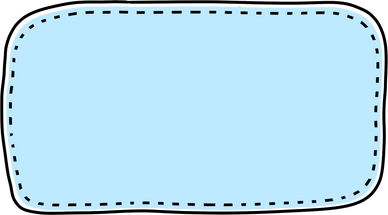
very
very

ran
ran

fast
fast

dog
dog

the
the
Answer: The dog ran very fast.
(Sedita, 2020)
Strategies
Strategies
Identify and engage in classroom conversations about new words.
Asking WH questions to increase semantic skills.
Asking students comparative and oppositional questions.
(Team U, 2015; Teaching Expertise, n.d.)
Strategies/Activities to Understand Figurative Language (K-3)
Strategies/Activities to Understand Figurative Language (K-3)
Identifying Figurative Language
in Songs
Identifying Figurative Language
in Songs
Students listen to popular songs to identify the figurative lyrics.
I.e. “Let It Go”
“The wind is howling like the swirling storm inside.”
(Hoke, 2023)
Identifying Figurative Language
in Reading/Books
Identifying Figurative Language
in Reading/Books
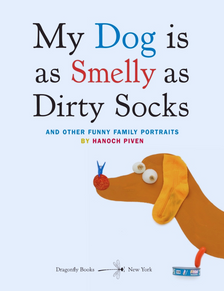
Note. My Dog is as Smelly as Dirty Socks Book illustration, n.d., RHC Books.
Retrieved from https://www.rhcbooks.com.
Copyright 2023 by https://www.rhcbooks.com.
The students can participate in whole classroom or small group reading sessions and recognize figurative language in stories. Reading books such as "My Dog is as Smelly as Dirty Socks" will captivate the students' interest while helping them grasp the idea of figurative language.
Strategies/Activities to Understand Figurative Language (K-3)
Strategies/Activities to Understand Figurative Language (K-3)
Scavenger Hunt
Students receive a worksheet containing elements of a book and a checklist to help them distinguish between imaginative and informational concepts within the book.
SCAVENGER HUNT
Sentence:
Informational?
Imaginative?
Table of Contents
Bold Text
Pictures
Where(Page #)
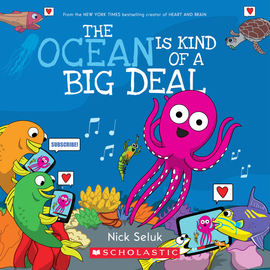
Note. The Ocean is Kind of a Big Deal Book Book illustration, n.d., Scholastic Books.
Retrieved from https://clubs.scholastic.com.
Copyright 2023 by https://clubs.scholastic.com.
Text Structure Posters
Teachers can decorate the classroom with posters that identify various text structures to support students learning.
(Smith, 2020)